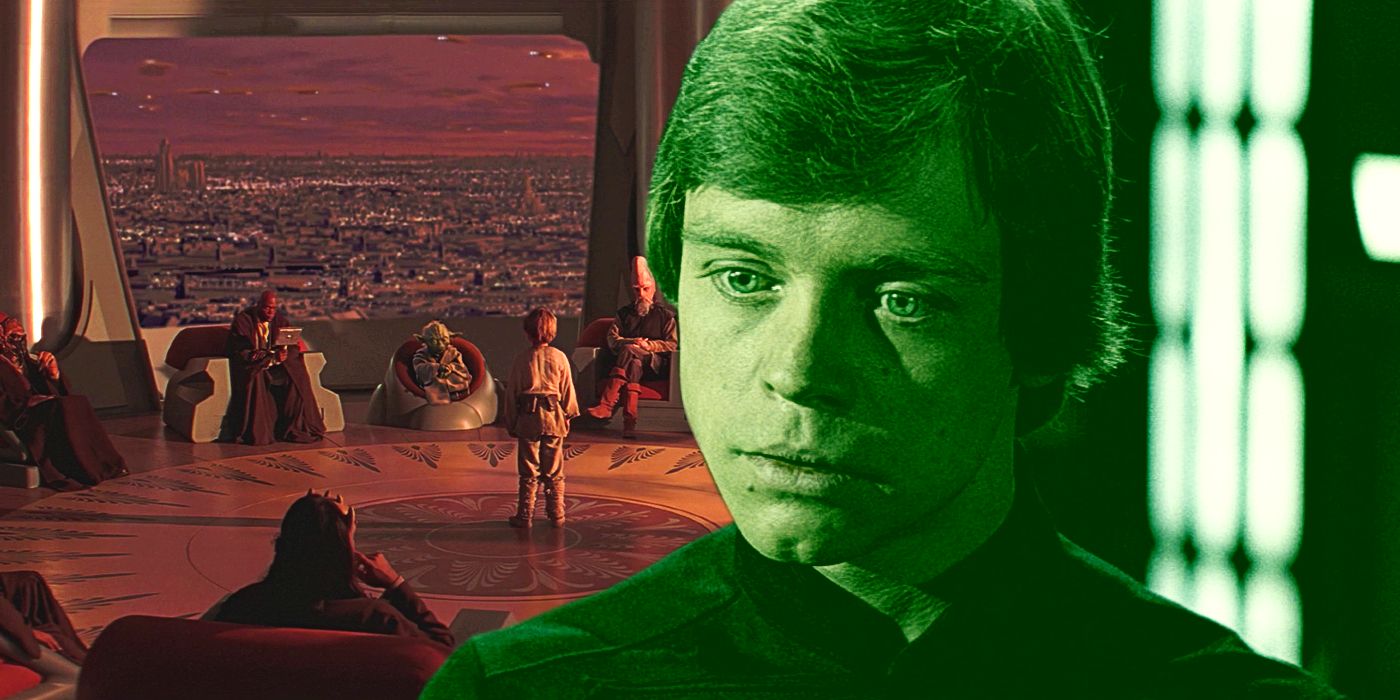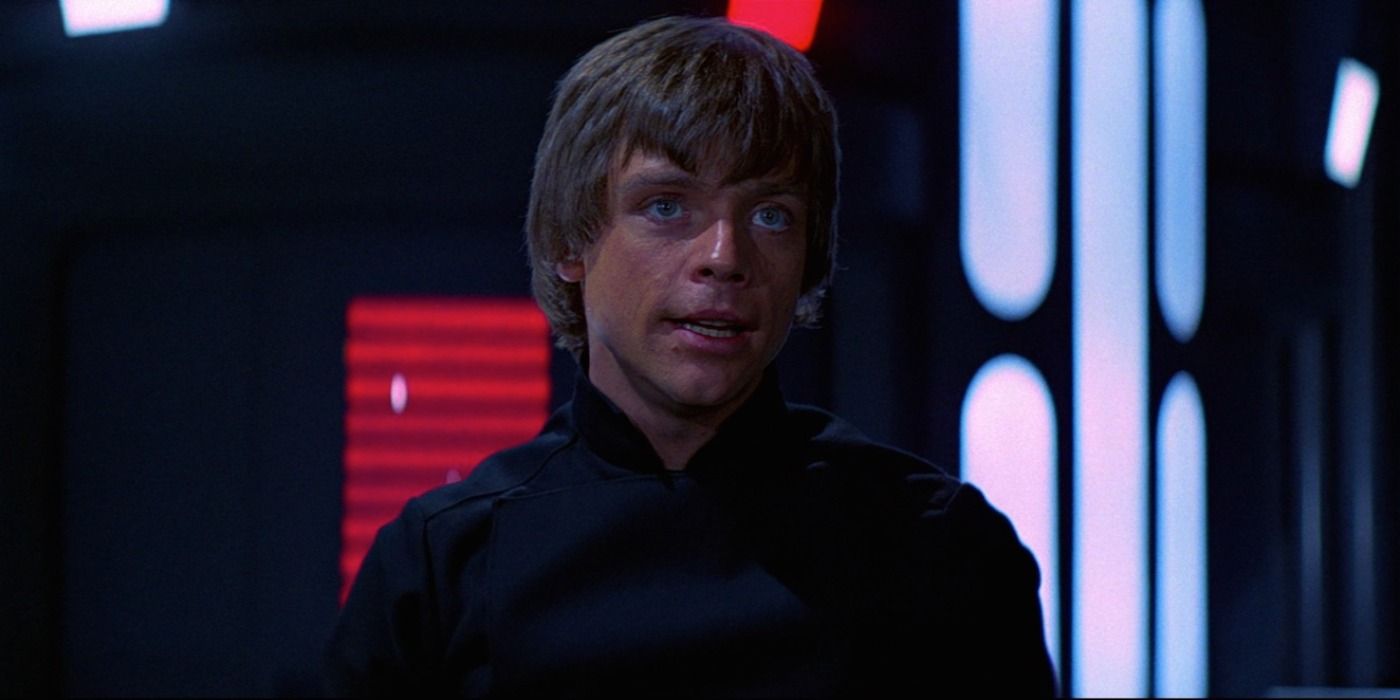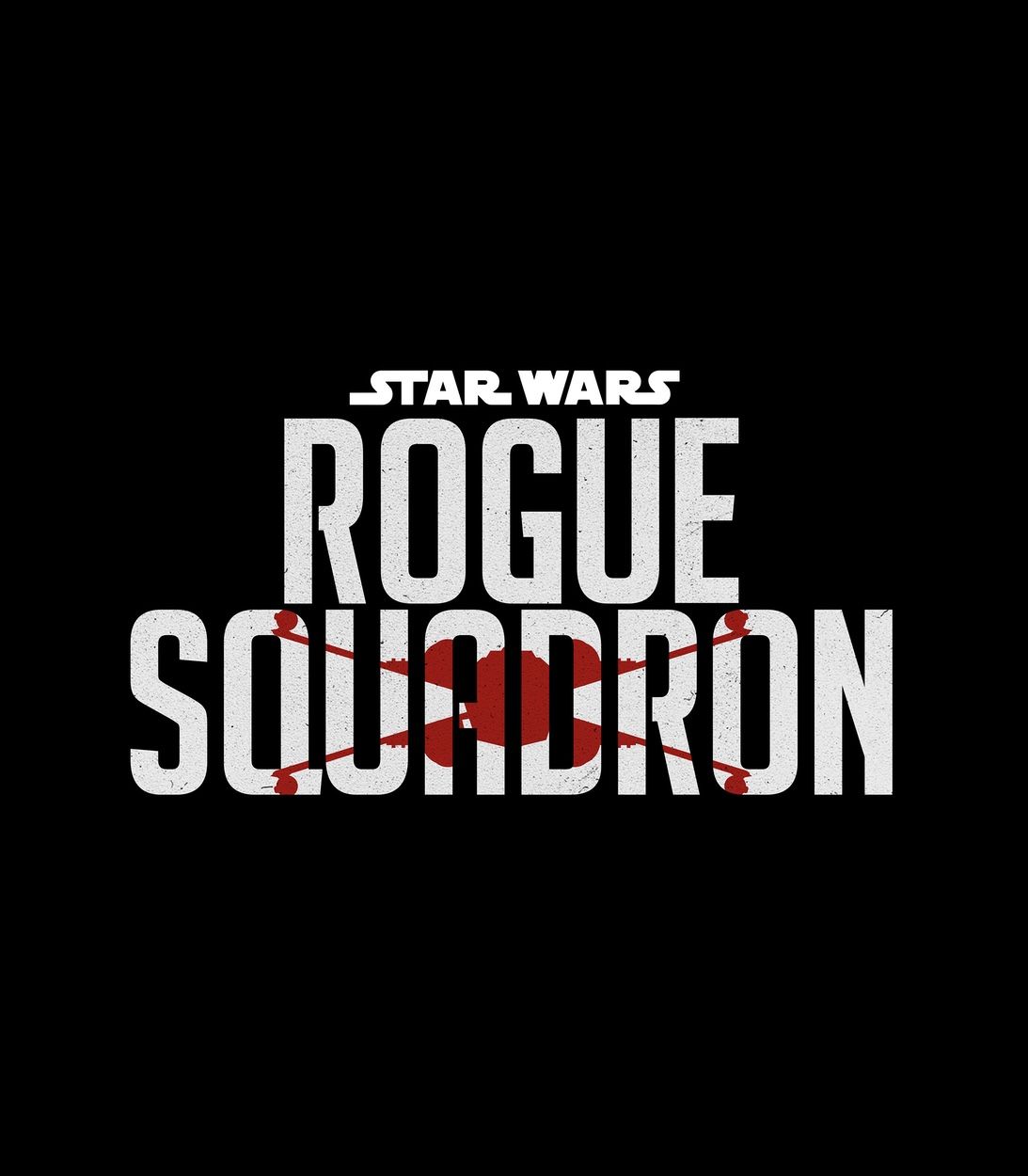Luke Skywalker completes his training in Return of the Jedi and proves the ways of the prequel-era Jedi were wrong. The Jedi are among the main protagonists of the Star Wars saga, but the prequel trilogy revealed that, however good their intentions were at the time, they were a highly flawed institution that didn’t stand a chance against Palpatine’s machinations. Part of Luke’s character arc in the original trilogy was his path towards Jedi knighthood, a road riddled with as much failure as success. Despite this, Luke did what his mentors couldn’t: He defeated Palpatine and redeemed Anakin. Even more astoundingly, Luke contradicted the old Jedi ways without falling to the dark side in the process, proving their obsolescence.
The Jedi were altruists in the Star Wars prequels, but they’d unfortunately lost their touch. Situated in a near-literal ivory tower, they often served as enforcers for the Republic, and many ordinary citizens, from the Core Worlds to the Outer Rim, feared and misunderstood the Jedi. The Jedi Order didn’t allow beings to join, selecting Force-sensitives as infants and taking them from their parents. The Jedi forbade close bonds with others, including romantic relationships, and expressing emotions. The order’s lack of balance left them vulnerable to the plans of Palpatine (aka the Sith Lord Darth Sidious), who turned Anakin Skywalker against them. As the Sith Lord Darth Vader, Anakin helped Palpatine destroy the Jedi Order.
Luke Skywalker is a Jedi in all but name for most of Return of the Jedi, yet he’s nothing like his prequel-era predecessors. While Luke is undoubtedly a powerful Force-user and skilled with a lightsaber, he expresses strong emotions throughout the film and prioritizes his relationships. In the first act, Luke and his closest friends within the Rebellion rescue Han Solo, for both his invaluable leadership and Luke’s close friendship with him. Luke’s greatest strength (and weakness) is his strong affinity for his friends. Moreover, it’s Luke’s love for his father, as warped and corrupted as he is as Darth Vader, that ultimately defeats the Emperor, not his fighting prowess. Luke defies the old Jedi belief that anyone who falls to the dark side is too far gone to be redeemed.
During his duel with Vader, Luke realizes that the more he is capable of overpowering the Sith Lord, but the more he fights, the closer he comes to falling to the dark side. Had Luke listened to his old guard mentors, he’d have killed his father and become addicted to the dark side in his place. For all their good intentions, Yoda and Obi-Wan were making the same mistakes they’d made decades ago. Rather than follow his mentors or accept Palpatine’s offers of power, Luke took another option. Instead of suppressing his feelings or surrendering to them, Luke controlled them, convincing his father to turn against Palpatine and defeating The Emperor. In doing this, Luke became a newer, better kind of Jedi than his predecessors.
In Star Wars Legends, Luke created the New Jedi Order with his ideals as the foundation of their philosophies. Luke’s students could join at any age, and they were encouraged to have normal lives alongside their Jedi knighthood. Luke even allowed his Jedi to form romantic relationships, with Luke himself falling in love with Mara Jade, a Jedi who grew up as an Imperial Sith. In canon, Luke and his new generation of Jedi, controversially, appear to have repeated most of the mistakes of the prequel-era Jedi Order, dooming them to a similar downfall. In either continuity, Luke’s characterization in Return of the Jedi showed that, for at least a time, he rose above the flawed ways of the prequel-era Jedi.



